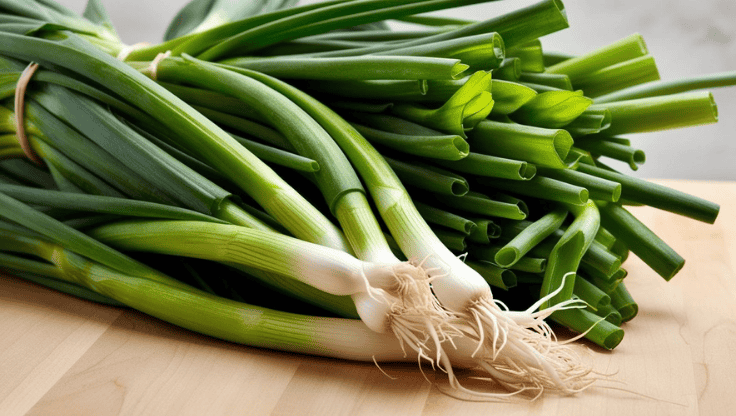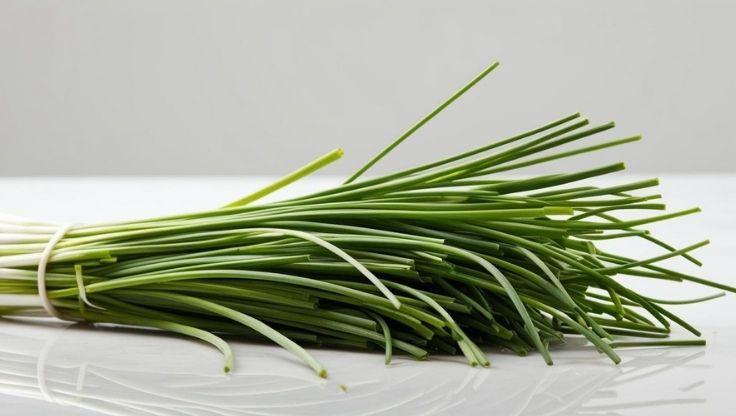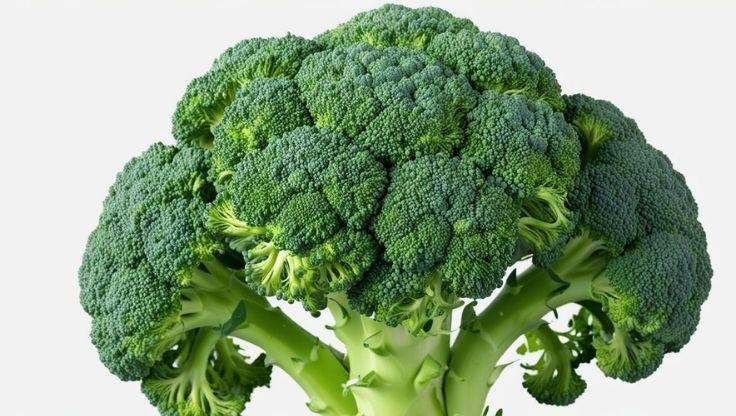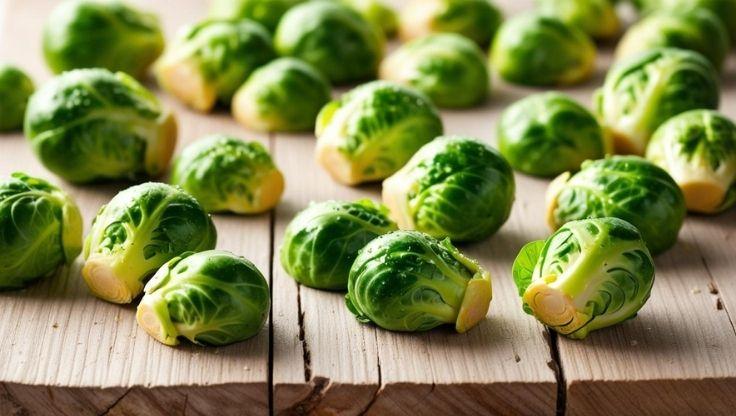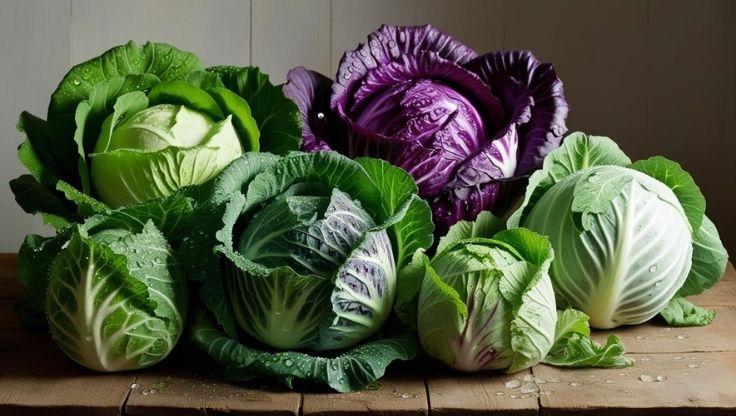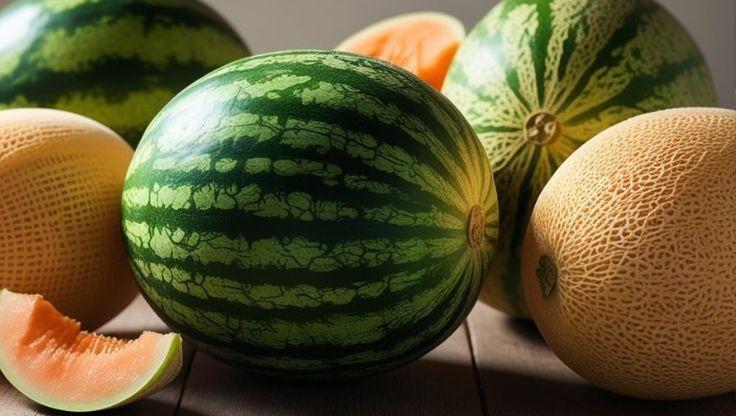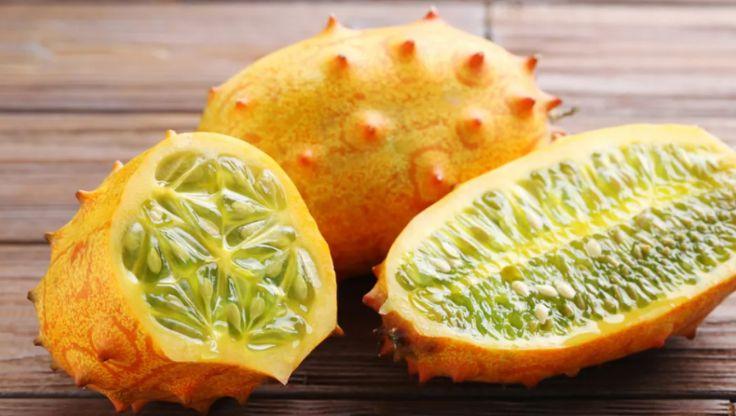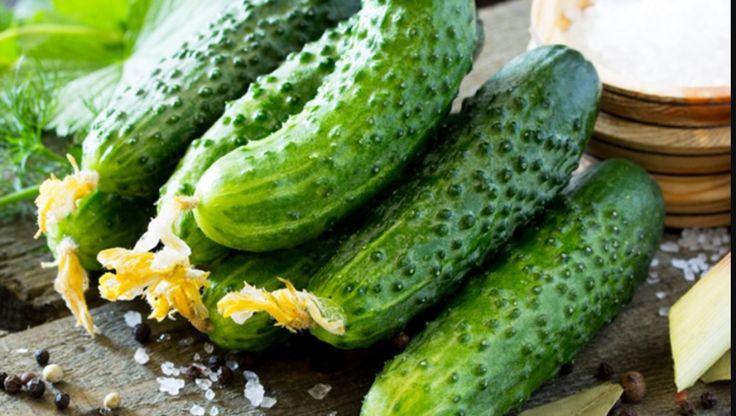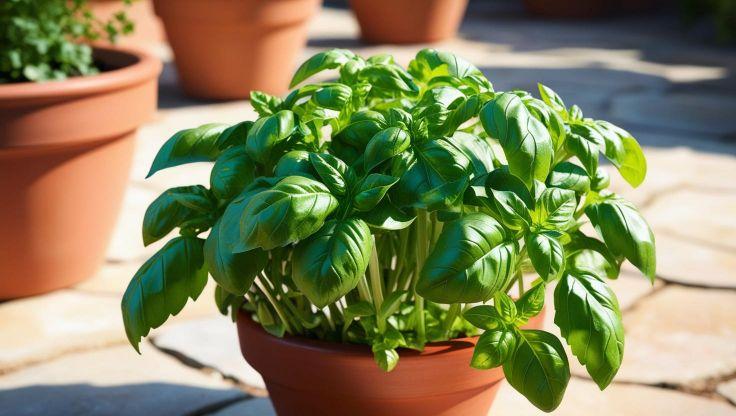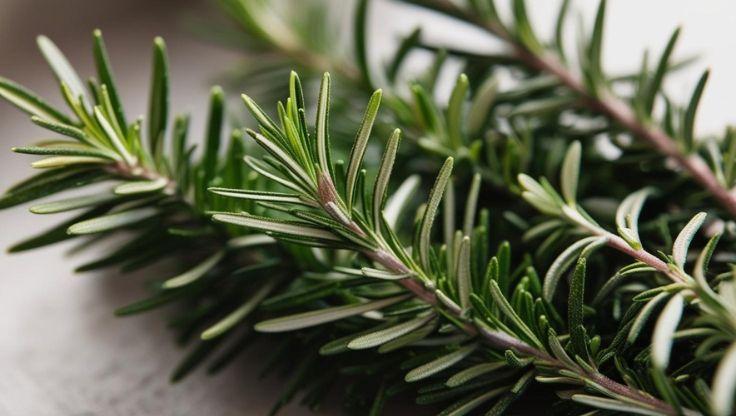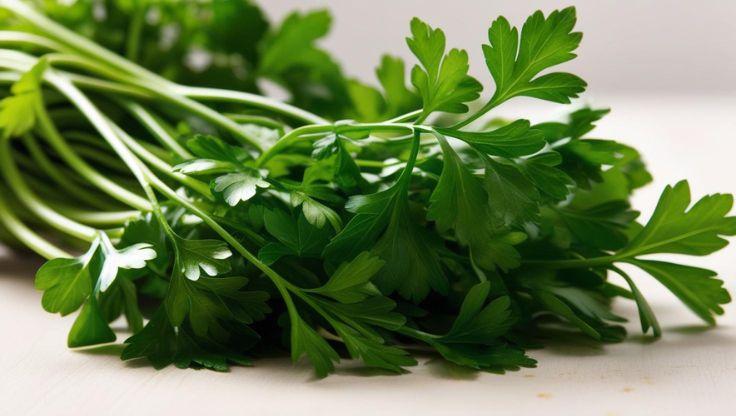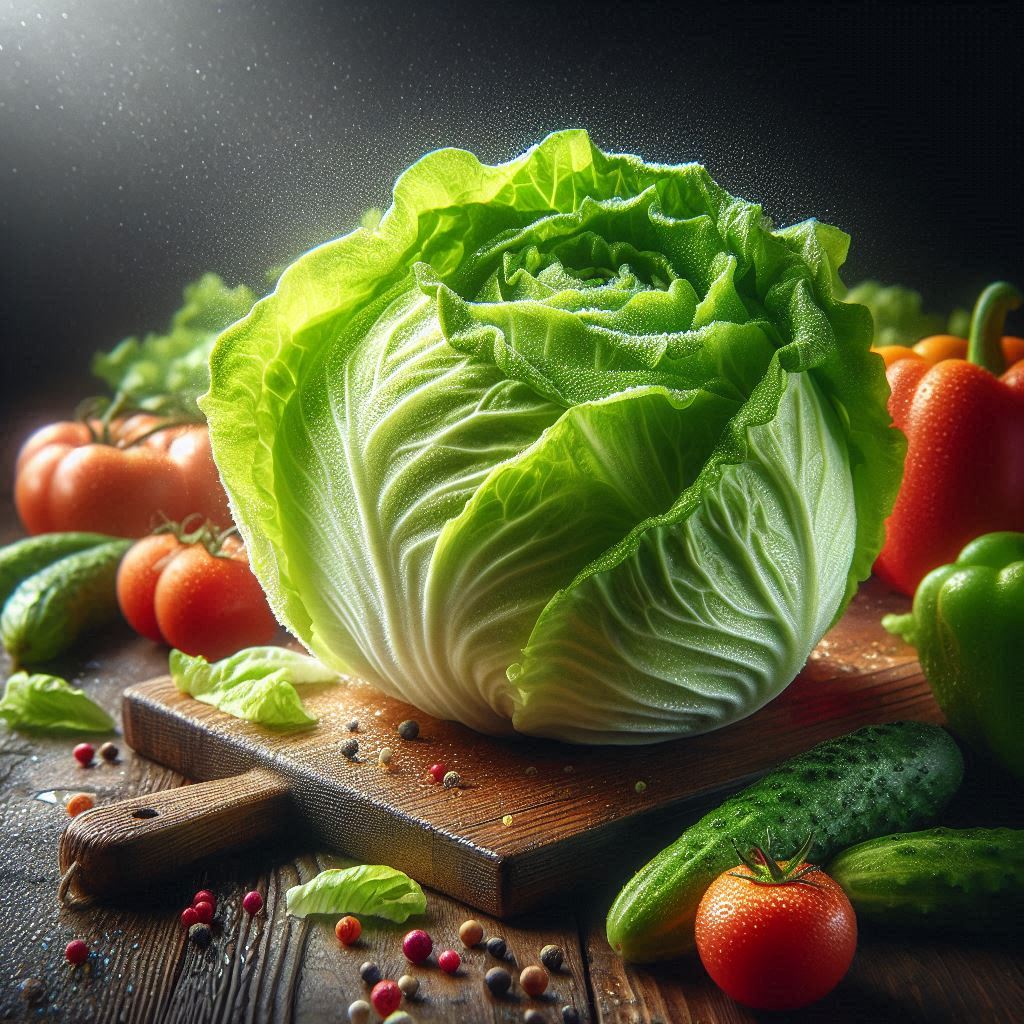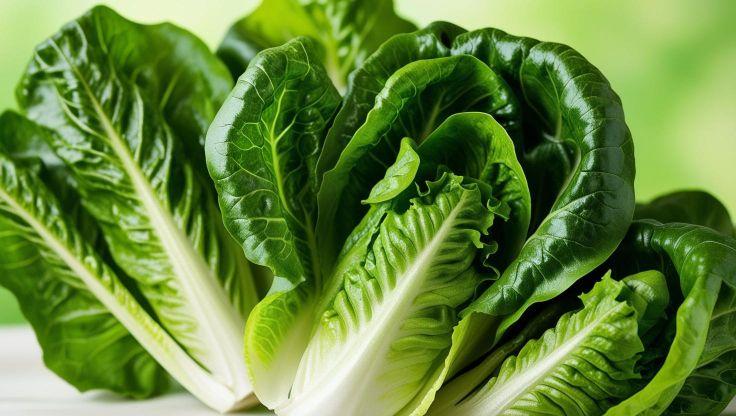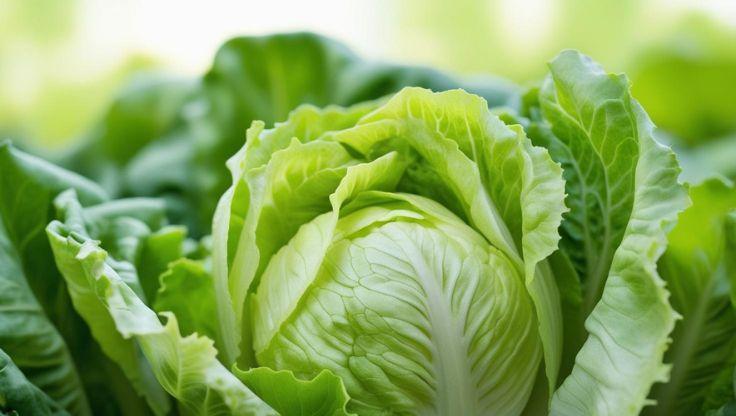Hydroponic Plants: Growing Cucamelons for Maximum Yields
Cucamelons (Melothria scabra), often called Mexican sour gherkins, are small, grape-sized vegetables that resemble miniature watermelons but have a tangy, cucumber-like taste. Native to Central America, cucamelons thrive in hydroponic farming due to their adaptability, high yield potential, and resistance to pests. Hydroponic plants like cucamelons benefit from optimal nutrient delivery, efficient water usage, and controlled environmental conditions, making them superior to traditional soil-based cultivation.

Optimized Guide to Hydroponic Growing Conditions for Cucamelons
Hydroponic plants, including cucamelons (Melothria scabra), thrive in controlled environments that optimize nutrient absorption, accelerate growth, and ensure consistent fruit production. By carefully managing key factors such as pH balance, electrical conductivity (EC), lighting conditions, temperature, and humidity, growers can cultivate healthier crops with higher yields.
Ideal pH and EC Levels for Hydroponic Cucamelons
Maintaining precise pH and EC levels is fundamental to supporting vigorous plant development and efficient nutrient uptake.
- pH Range: Hydroponic cucamelons require a pH level between 5.5 and 6.5, which facilitates optimal nutrient absorption and promotes strong root growth.
- EC Levels: An EC level between 1.8 and 2.2 mS/cm ensures a well-balanced mineral supply, preventing nutrient deficiencies and fostering steady development.
- Root System Health: Proper regulation of pH and EC strengthens root structures, leading to robust vine expansion and improved fruit production.
Lighting, Temperature, and Humidity Requirements
Like other hydroponic plants, cucamelons require specific environmental conditions to sustain steady growth and maximize fruit yield.
- Light Exposure: Cucamelons cultivated in hydroponic systems benefit from 12 to 14 hours of daily illumination, ideally provided by full-spectrum LED grow lights or natural sunlight, which enhances photosynthesis and supports healthy foliage.
- Temperature Range: The recommended temperature for optimal cucamelon growth is 22 to 27°C, ensuring consistent metabolic activity and reducing stress-related growth delays.
- Humidity Control: Maintaining humidity levels between 60 and 75% helps prevent dehydration while minimizing the risk of fungal infections, ensuring strong leaf development and successful fruiting.
Additional Considerations for Hydroponic Cucamelons
Choosing the appropriate hydroponic system is essential for achieving maximum yield and superior fruit quality. Hydroponic cultivation offers numerous benefits, including efficient nutrient delivery, reduced water consumption, and accelerated growth cycles, making it a sustainable alternative to traditional soil-based farming.
Optimized Guide to Detailed Nutrient Formulation for Hydroponic Cucamelons
Hydroponic plants, such as cucamelons (Melothria scabra), require a carefully balanced nutrient solution to ensure vigorous vine growth, optimal fruit development, and overall plant vitality. By maintaining precise macronutrient and micronutrient levels, growers can maximize productivity and cultivate high-quality yields.
Essential Nutrients for Hydroponic Cucamelons
A well-structured nutrient formula plays a crucial role in sustaining healthy cucamelon plants throughout their life cycle.
- Macronutrients: Hydroponic cucamelons flourish when provided with a nutrient blend rich in nitrogen (N), phosphorus (P), and potassium (K), which are fundamental for robust vegetative growth, strong root systems, and consistent fruit production.
- Micronutrients: Vital elements such as calcium (Ca), magnesium (Mg), and trace minerals like iron, manganese, and zinc contribute to chlorophyll synthesis, enzymatic activity, and structural integrity.
- pH and EC Balance: Keeping the pH within 5.5–6.5 and EC levels between 1.8–2.2 mS/cm prevents nutrient imbalances and ensures efficient absorption.
Optimized Water Circulation and Oxygenation
Effective water management is key to maintaining hydration and delivering nutrients efficiently.
- Water Flow Regulation: Implementing a continuous or intermittent circulation system guarantees uniform nutrient distribution and adequate oxygenation, reducing root stress.
- Moisture Control: Regular assessment of water levels prevents dehydration while sustaining optimal moisture conditions for steady growth.
- Disease Prevention Strategies: Utilizing clean water sources and controlled irrigation methods minimizes the likelihood of fungal infections and root-related diseases.
Optimized Guide to Seed-to-Seedling, Growth Cycle, and Varieties for Hydroponic Cucamelons
Hydroponic plants, including cucamelons (Melothria scabra), require precise cultivation techniques to ensure optimal germination, steady growth, and high-yield fruit production. By carefully managing each stage of development, growers can maximize efficiency and produce high-quality cucamelons in controlled environments.
Seed Germination and Early Growth
The cultivation process begins with seed germination, a critical phase that determines plant vigor and overall success.
- Germination Time: Cucamelon seeds typically sprout within 4–13 days, depending on environmental conditions and seed quality.
- Seed Density: To prevent overcrowding and ensure strong root development, each hole should contain only one seed.
- Optimal Conditions: Maintaining a temperature range of 20–30°C (68–86°F) and ensuring adequate moisture levels promote successful germination.
Transplanting and Growth Acceleration
Once seedlings reach a stable growth stage, they are ready for hydroponic transplantation.
- Transplant Timing: Seedlings should be moved to their hydroponic setup once they reach 3–4 inches in height, ensuring proper root establishment.
- Growth Duration: Hydroponic cucamelons mature within 60–80 days, depending on the variety and environmental conditions.
- Nutrient Optimization: A well-balanced nutrient solution ensures robust vine formation and prevents deficiencies.
Popular Hydroponic Cucamelon Varieties
Selecting the right cucamelon variety is essential for maximizing yield and quality. Some of the most suitable hydroponic varieties include:
- Mexican Sour Gherkin: Known for its tart, citrus-like flavor and resilience in hydroponic systems.
- Mouse Melon: A compact variety with grape-sized fruits and a refreshing cucumber-like taste, ideal for salads and pickling.
Uses and Benefits of Hydroponic Cucamelons
Hydroponic plants, including cucamelons (Melothria scabra), offer a unique combination of culinary versatility, health benefits, and sustainability. These miniature fruits, often referred to as Mexican sour gherkins or mouse melons, resemble tiny watermelons but deliver a refreshing cucumber-like crunch with a hint of citrus.
Culinary Applications of Hydroponic Cucamelons
Cucamelons are widely appreciated for their crisp texture and tangy flavor, making them a sought-after ingredient in various dishes.
- Fresh Salads and Garnishes: Their firm bite and slightly tart taste enhance salads, adding a refreshing contrast to leafy greens and dressings.
- Pickling and Fermented Foods: Cucamelons absorb flavors exceptionally well, making them ideal for pickling, where they develop a tangy, slightly sour profile.
- Cocktails and Snacks: Their citrusy undertones complement cocktails, while their bite-sized nature makes them a perfect healthy snack.
Health Benefits of Hydroponic Cucamelons
Beyond their culinary appeal, hydroponic plants like cucamelons provide essential nutrients that support overall well-being.
- Rich in Antioxidants: Cucamelons contain vitamin C, flavonoids, and lycopene, which help combat oxidative stress and strengthen immune function.
- Supports Digestive Health: Their fiber content promotes gut health by aiding digestion and preventing constipation.
- Hydration and Heart Health: With a high water content, cucamelons help maintain hydration, while their potassium levels contribute to cardiovascular health.
By incorporating hydroponic cucamelons into daily meals, individuals can enjoy their culinary versatility, health benefits, and eco-friendly advantages.


